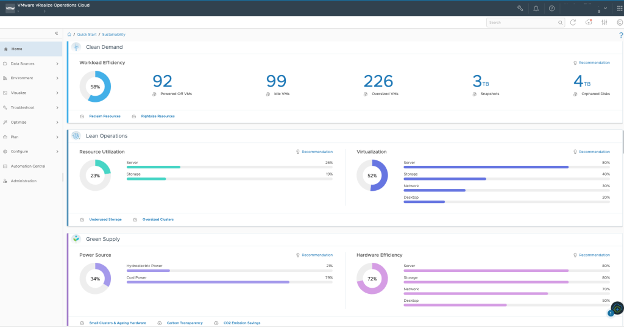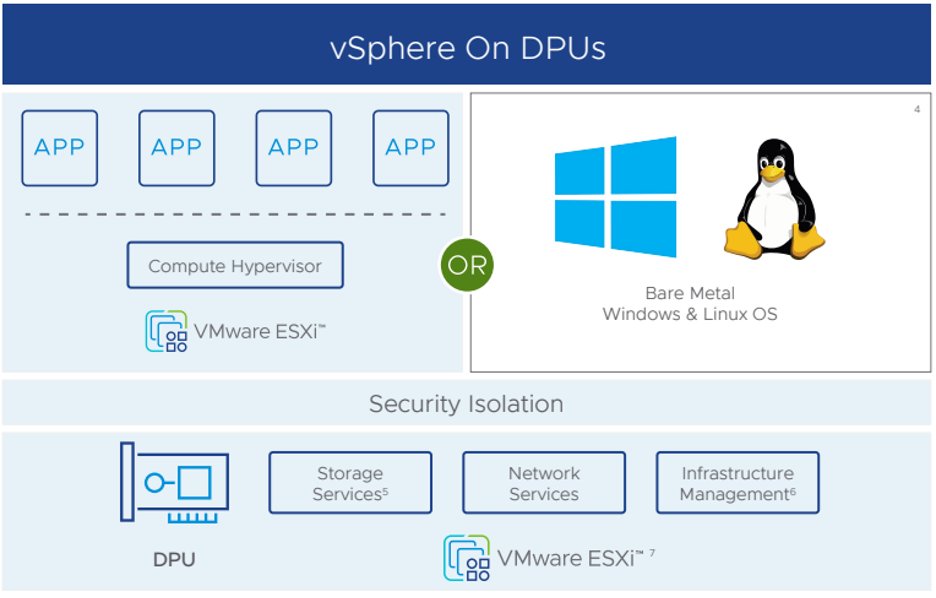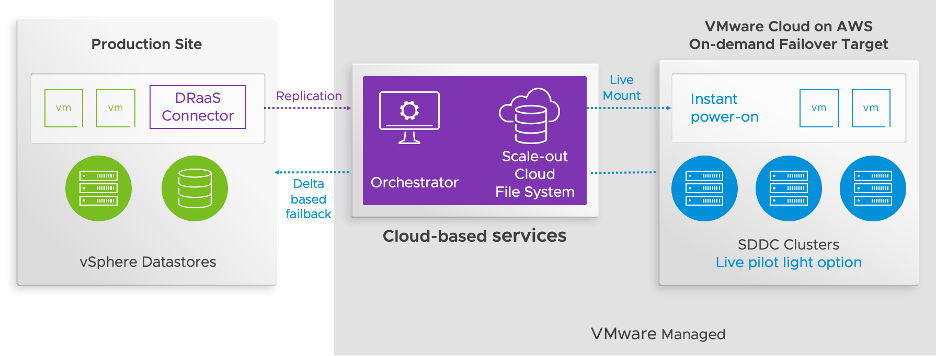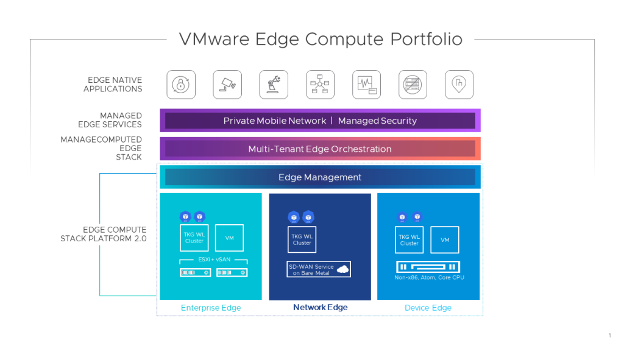The rise of energy costs in Europe is placing immense pressure on many industries, particularly manufacturing, to make drastic adjustments to their operations to stay in business. Factory closures and staff reductions are increasingly common, as a doubling of energy cost1 creates an unsustainable future for many organizations.
In IT, leaders are looking at the largest source of energy consumption – the data center, cloud, and edge infrastructure – with urgency to find ways to keep their business afloat. For some, without a path forward, shutting down infrastructure and therefore critical applications is an unavoidable consequence of this crisis.
Quickly Pivoting to Preserve Business Processes and Innovation
Shutting down applications inevitably reduces productivity, revenue, and future growth. Avoiding these consequences is top of mind for IT executives, and is possible with technologies available today.
With an immediate reduction in energy costs in the data center, IT leaders can keep applications running at a lower cost, helping to meet their new target budget. Doing so not only in their own data center, but also edge locations like the factory floor and hyperscale clouds will maximize energy cost reduction.
Reducing the Energy Consumption of IT Infrastructure: Top Priorities
VMware has a long history of reducing energy consumption for our customers, with resource optimization at the core of our value. IDC assessed this impact recently, and calculated that with VMware technologies, our customers have reduced the carbon emissions of their energy use by 1.2 billion metric tons over the past two decades2.
Customers like Groupama, a European insurance company, have leveraged our technologies to reduce their virtual compute infrastructure by 29%2, immediately dropping energy consumption.
To achieve maximum impact, IT leaders should start with a holistic, multi-cloud view of their application infrastructure. We recommend the following initiatives to get started:
- Audit for Waste and Resource Optimization
- Offload to DPUs
- Replace On-Site Disaster Recovery
- Improve Performance and Reduce Energy Consumption at the Edge
Let’s walk through the VMware technologies you can use today to act on these initiatives.
Audit for Waste and Resource Optimization with VMware Aria Operations
Infrastructure variations across the data center, edge, and hyperscale clouds result in a wide range of resource efficiency, with pockets of waste and underutilization. It’s challenging to assess every location, or host for its own inefficiencies, and ultimately requires a holistic view across your multi-cloud infrastructure to find these and make corrections.
For your VMware infrastructure, consistency in the underlying platform enables a fast and simple approach. VMware Aria Operations is a Cross-Cloud service for cloud management, meaning it provides consistent capabilities across cloud environments. Within VMware Aria Operations, you will find a Green Score dashboard dedicated to finding optimizations to reduce your energy consumption and thereby carbon footprint holistically. This is a great first step to have an immediate impact on your power reduction initiative.

The Green Score Dashboard assesses your infrastructure with the following metrics:
- Workload Efficiency
- Resource Utilization
- Virtualization Rate
- Power Source
- Hardware Efficiency
Each metric is assessed to find optimizations within your infrastructure, and provide actionable recommendations for change. For more on the Green Score Dashboard, keep reading here. For a deeper look at the rightsizing recommendations you’ll see in Aria Operations, dive into VMware Desired State Configuration here.
Offload to DPUs with vSphere Distributed Services Engine
A new innovation in IT infrastructure, the Data Processing Unit (DPU), can have a significant impact on power reduction. The DPU today takes the form of a SmartNIC that is plugged into a server, and can offload functions like network, storage, and host management services. DPUs also have the unique characteristic of creating an air-gapped environment outside of the server to run security functions. When you offload these from your virtualized infrastructure, you free up resources and thereby use less power. Our friends at NVIDIA found power reductions of 29-45% offloading to DPUs, amounting to nearly $20 million USD saved at a benchmark of 10,000 servers3.
Now available with vSphere 8, the vSphere Distributed Services Engine gives you the opportunity to re-architect your core infrastructure by offloading storage, network, and infrastructure services to a SmartNIC DPU. The CPU cycles on your host formerly used for these services are freed up, so you need fewer hosts to run your workloads. That reduction results in less power needed for the infrastructure to run your applications.

Common VMware services offloaded to the DPU include:
- vSphere Distributed Switch
- NSX Networking
- NSX Distributed Firewall
The benefits of offloading these services to the DPU extend beyond resource optimization. Hardware acceleration on the DPU boosts overall performance, and the air-gapped isolation between infrastructure and workload domains enables new opportunities for hardening your security posture. Read more about the Distributed Services Engine here, and dive deep into the technical details in this informative blog post by Chief Technologist Cormac Hogan.
Replace On-Site Disaster Recovery with DR-aaS
The next initiative targets on-site disaster recovery. Hosting your own infrastructure for DR results in excess capital expenditure, and power use to keep failover active. An easy pivot here is to disaster-recovery-as-a-service, which shifts from physical hardware to an on-demand failover service in a hyperscale cloud, activated only when needed.
With VMware Cloud Disaster Recovery (VCDR), you can replace your existing DR infrastructure with DR delivered as a service from a hyperscale cloud, like AWS. On an ongoing basis, the removal of warm standby infrastructure on-site reduces your overall power consumption, and lowers your TCO. Instead, you have two options for failover:
- 100% on-demand: spins up workload resources only upon failover, using your snapshot backups in the cloud.
- Pilot-Light: Uses a small workload footprint in the cloud to quickly failover mission-critical applications rapidly upon failover.

VCDR has the capability to reduce power requirements in the data center, along with critical business continuity functions like rapid recovery from ransomware attacks, should they occur. Read more about this solution here, and delve deeper into cloud DR architecture here.
Improve Performance and Reduce Energy Consumption at the Edge
Last, for those who run compute infrastructure at the edge, such as manufacturers or telco providers, optimizing power consumption with a high-performance virtualization stack can relieve the constraints vertically integrated hardware, and realize optimal energy use.
The vSphere workload platform is tailored to low-latency edge applications in two primary forms, the Edge Compute Stack, and Telco Cloud Platform. Each take the principles of resource optimization to Edge workloads, enabling energy-optimized deployments at scale.

Whether you’re responsible for real-time data processing on the factory floor, or building out cloud-native functions for 5G networks, explore the impact of modernizing your Edge infrastructure here.
The Path Forward: Energy Optimized Multi-Cloud Infrastructure
The rising cost of energy to has the potential for significant business disruption – if action is not taken to reduce the power requirements of high-impact areas like IT infrastructure. VMware has decades of experience optimizing infrastructure to reduce energy use and carbon emissions, which remains at the forefront of our strategy. Consider the options we’ve outlined here as part of your power reduction strategy:
- Audit for Waste and Resource Optimization with VMware Aria Operations
- Offload to DPUs with vSphere Distributed Services Engine
- Replace On-Site Disaster Recovery with DR-aaS
- Improve Performance and Reduce Energy Consumption at the Edge
Get in touch to discuss holistic power reduction strategies tailored to your organization, and work with our Zero-Carbon Committed partners to continue the decarbonization of your IT infrastructure. For more on this topic, head over to this post by our CTO Kit Colbert, where he discusses how the Information and Communications Technology (ICT) industry can accelerate energy transformation.
Interested in sharing this material with your peers? Download in presentation form below:
Chapter notes for the Multi-Cloud Report video in this post:
- 0:00 – Introduction: Rising Energy Costs for IT
- 1:57 – Recommendation #1: Audit for Waste and Resource Optimization
- 2:20 – Demo: VMware Aria Ops Sustainability Dashboards
- 4:51 – Recommendation #2: Offload to Data Processing Units (DPUs)
- 5:19 – Demo: VMware vSphere Distributed Services Engine
- 7:53 – Recommendation #3: Replace Onsite Disaster Recovery with DRaaS
- 8:28 – Demo: VMware Cloud Disaster Recovery
1 https://www.wsj.com/articles/europe-manufacturers-factories-russia-gas-11662938614
2 https://www.vmware.com/content/dam/digitalmarketing/vmware/en/pdf/docs/vmware-esg-report-2022.pdf
3 https://www.nextplatform.com/2022/11/03/economics-and-the-inevitability-of-the-dpu





